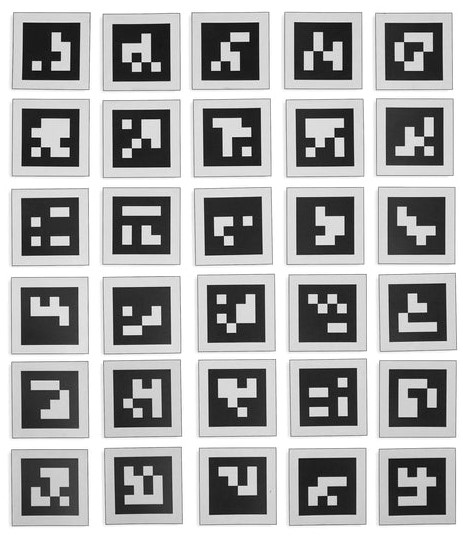The world of visual fiducial systems has witnessed a groundbreaking innovation. These uniquely crafted markers play a pivotal role in various modern applications. Their presence in robotics and augmented reality shapes how we perceive and interact with our environment.
At the core, April Tags represent a form of visual fiducial. But what does that mean? A fiducial marker (April tags) exists to contain distinct information. This information enables the marker to be identified with ease and precision. April Tags, with their characteristic patterns, function as visual anchors. These anchors allow devices to determine their spatial location and orientation accurately.
The Significance of April Tags
As a domain, visual fiducial systems encompass a wide array of applications. Among these, April Tags have carved a niche for themselves. They ensure swift processing, thanks to their low overhead. Simultaneously, they promise high localization accuracy. This delicate balance of speed and precision makes them indispensable, especially in settings that require quick, real-time decisions.
In robotics, April Tags found a unique purpose in object tracking. Robots equipped to identify these tags can decode the embedded information. This decoding process empowers them to navigate their environment seamlessly. The accuracy offered by April Tags reduces potential errors, ensuring robots perform their tasks efficiently.
The Augmented Reality Catalyst
Augmented reality (AR) stands as a testament to technological advancement. It allows for the blending of digital elements with the real world. The system needs a deep understanding of the real-world scenario for AR to function effectively.
When placed strategically within a setting, April Tags are fixed, reliable reference points. Upon detecting these markers, AR systems can anchor computer-generated imagery onto the real world. This anchoring process is executed impeccably, enriching the AR user experience. The immersion and precision offered elevate the AR interaction to unprecedented levels.
Broader Applications and Potential
Beyond robotics and AR, camera calibration is an area reaping the benefits of April Tags. The process of calibrating a camera revolves around grasping its intrinsic properties. Such understanding is pivotal for image analysis. With their structured design, April Tags simplifies and enhances this calibration process.
Furthermore, as we move towards the era of smart cities and the Internet of Things (IoT), visual fiducial markers like April Tags are poised for broader applications. Their potential in location-based services, indoor navigation, and other areas still needs to be explored. Exploring these avenues could revolutionize the way we harness technology.
Challenges and Solutions
No innovation is devoid of challenges. April Tags, despite their prowess, have some limitations. Environmental factors, lighting conditions, and tag placement can influence their detection. However, with ongoing research and development, solutions are emerging. Enhanced algorithms, better camera technology, and adaptive systems pave the way for optimized use of April Tags.
Conclusion
April Tags, in their essence, represent more than just markers. They are harbingers of a future where technology and reality merge seamlessly. As we continue to unravel their potential, their role in shaping technological innovations becomes more evident.
Harnessing their capabilities today could be the key to unlocking a future where boundaries between the digital and physical worlds blur, promising experiences we’ve only dreamed of.





